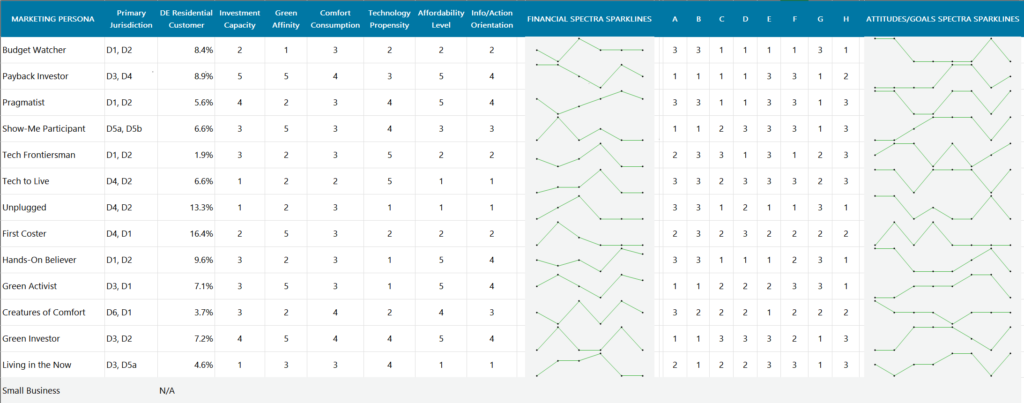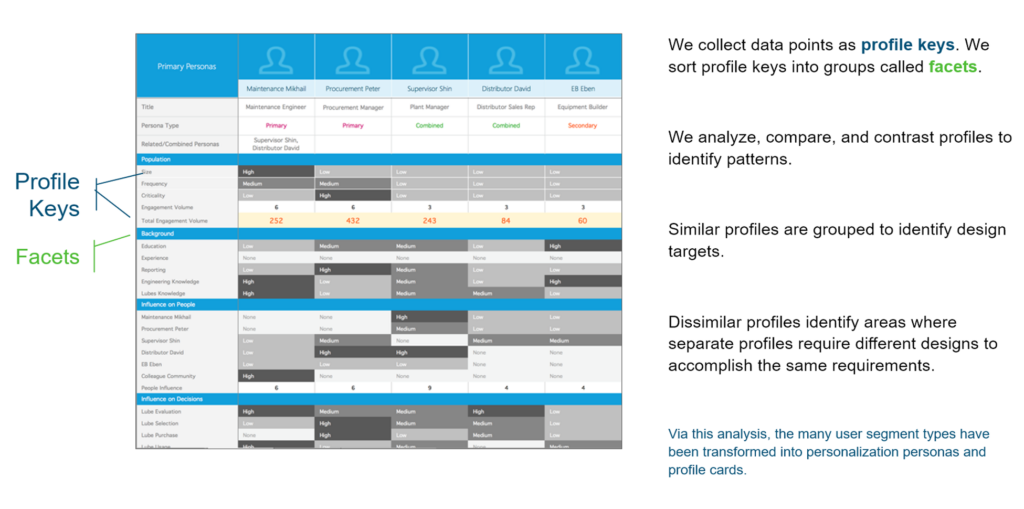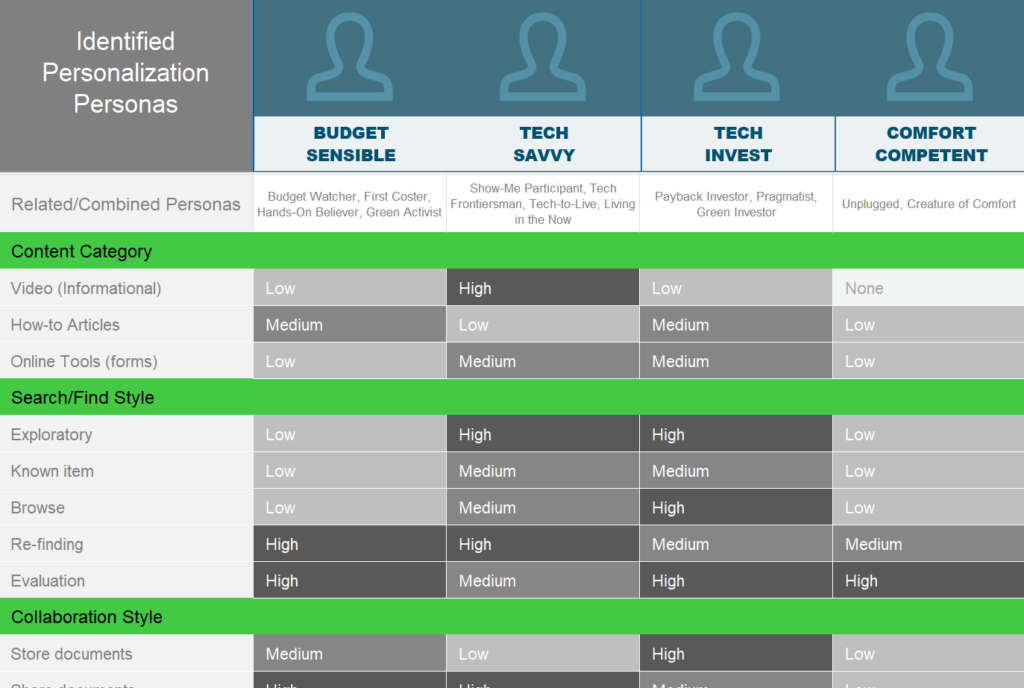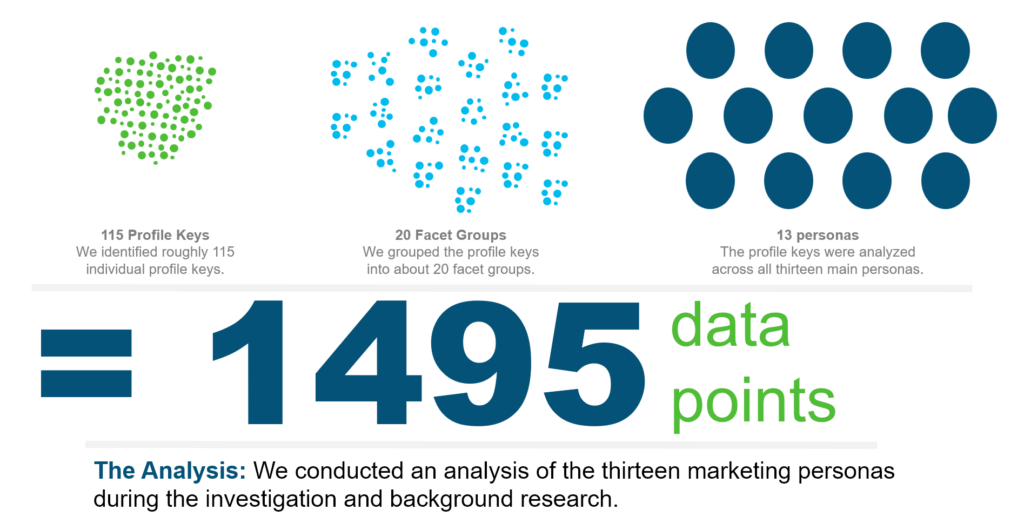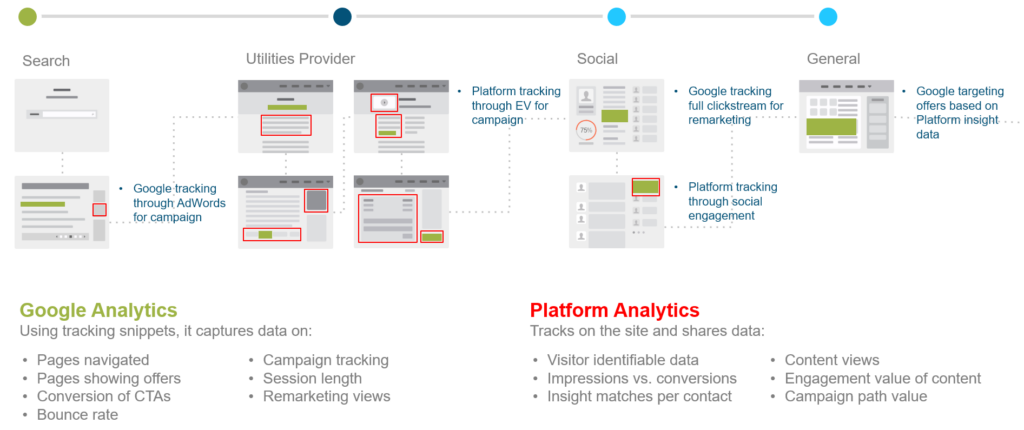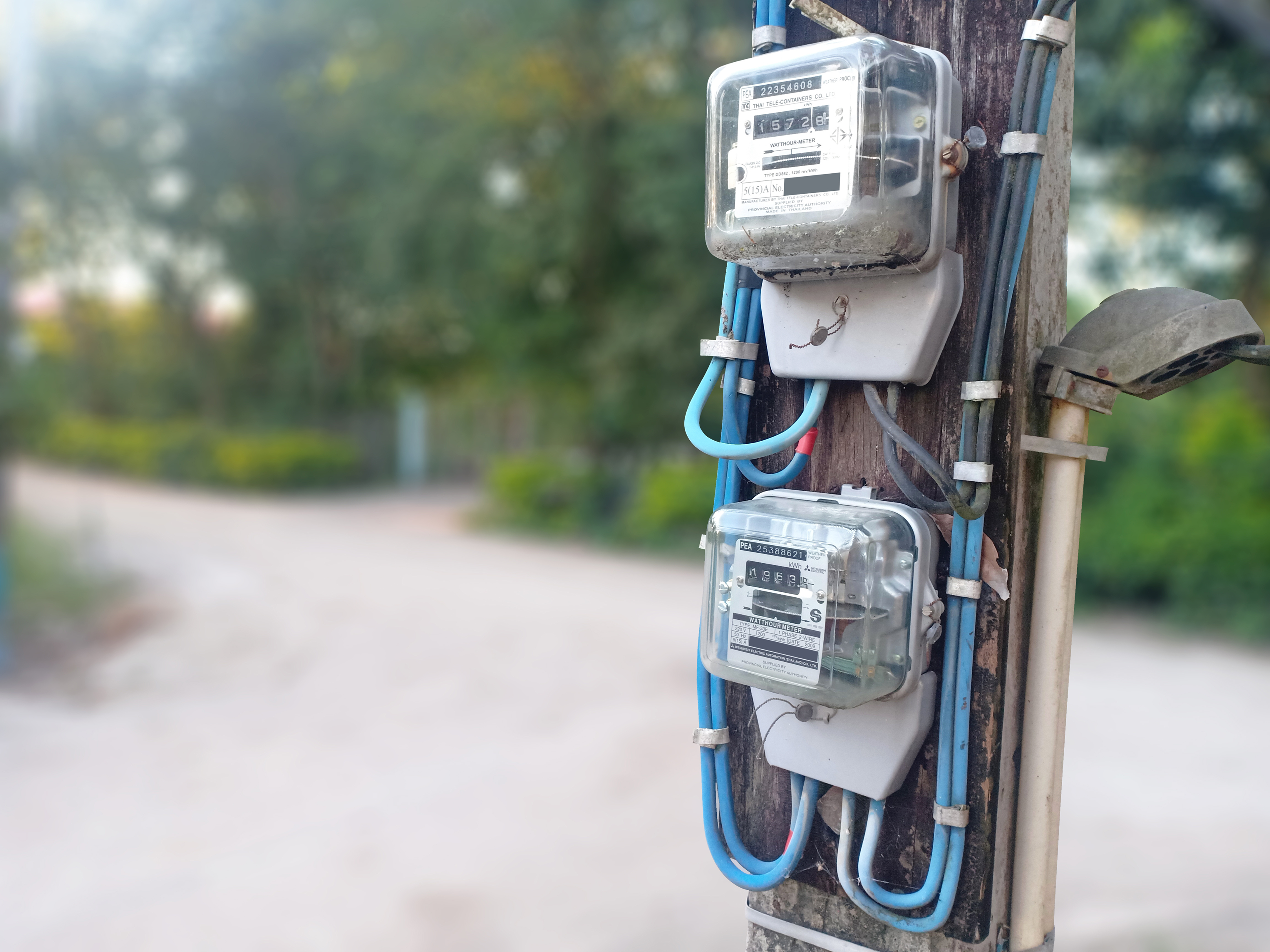
In a landscape often plagued by complex interfaces and frustrated users, a fundamental question arose: ‘What if a utility application could genuinely personalize the customer experience?’ This case study shares how my delivery team and I transformed a critical, yet cumbersome, tool into an intuitive and efficient platform, demonstrating the tangible impact of user-centered design.
CHANNELS:
RESPONSIVE WEB |
MOBILE APPLICATIONS
ROLE:
UX LEAD |
PRODUCT OWNER
MY TEAM:
3 UX DESIGNERS | 3 FRONT-END DEVS
Bridging the Gap Between Data and Customer Understanding
In the utilities industry, digital experiences shape how customers understand their energy usage, costs, and sustainability options. Utilities providers operate in a competitive environment where customer trust and satisfaction hinge on delivering seamless digital experiences. Customers increasingly expect clear visual breakdowns of their energy consumption, personalized insights on efficiency, and easy-to-understand billing with rebate opportunities.
This utilities provider struggled with inconsistent presentation of complex information across fragmented digital platforms. Siloed data, outdated marketing, and lack of personalization caused customer confusion and eroded trust. As the Design Product Manager, I led a team to redefine digital communications, aiming to build engagement, and brand loyalty. Our approach focused on improving customer retention through enhanced digital marketing reach.
Aligning Business Goals with Customer Needs
To drive meaningful change, we focused on the low – medium effort and high impact items in the gap between business objectives and customer expectations. This focus led us to:
Reassess feature delivery through customer volume data.
Refine communication strategies based on behavioral insights.
Leverage personalization technology to tailor experiences.
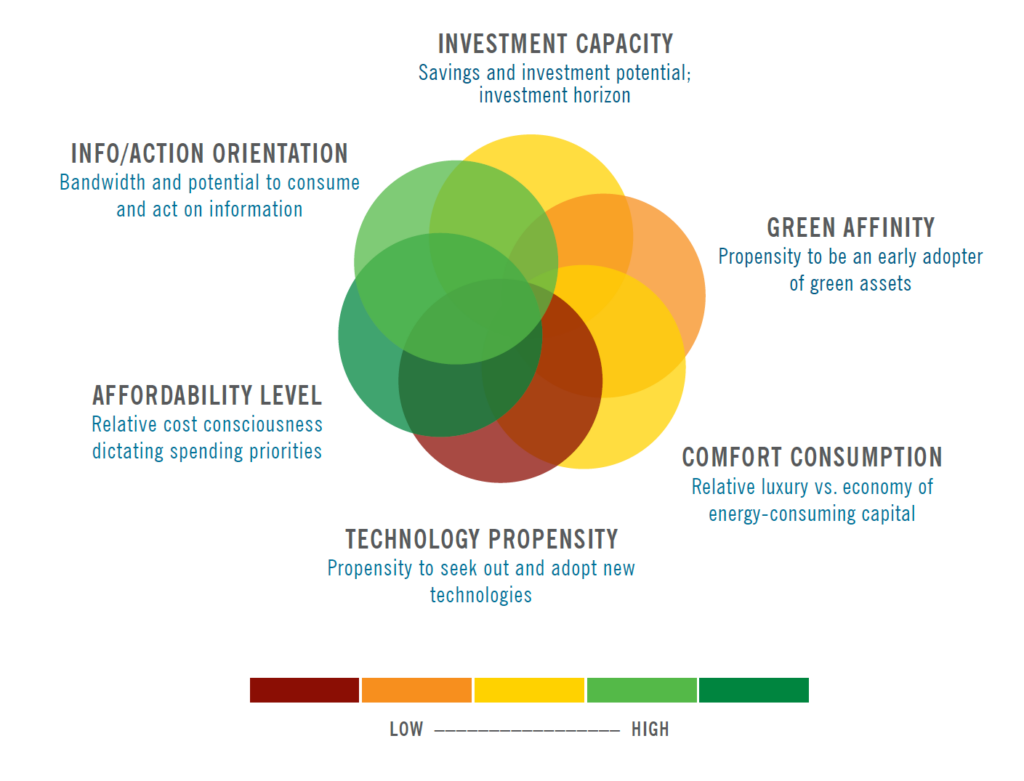
Through data analysis, these levers were identified as overlaps between customer needs/goals and business drivers/value. Diagram captures these overlaps and color codes them with relative thresholds.
One of the biggest challenges for the utilities provider was its vast data pools that lacked integration processes, which left its marketing team ineffective to leverage insights into digital channels. Traditional marketing dominated, making the shift to data-driven digital personalization complex. Combing through customer feedback and analytics, uncovered insights that informed two major initiatives:
Solution 1: Implementing a Personalization Platform
percent increase in rebate engagement
To boost engagement and empower customers, my team developed a digital personalization engine providing tailored insights and recommendations. Integrating real-time usage data, dynamic cost calculators, and rebate information educated users on cleaner energy and sustainability choices. This resulted in a 30% increase in rebate engagement due to improved clarity, and personalized insights reduced confusion, leading to higher customer satisfaction.
Solution 2: Rebranding Communication Channels for Clarity & Trust
I led the design of a multi-phase rebrand roadmap to improve billing and notification systems, making customer communications clearer and more actionable. The initiative combined content clarity, usability testing, and agile workflows to align customer needs with business priorities. Impact highlights:
- Agile delivery enabled faster iteration as customer needs evolved
- 20% reduction in call center inquiries by addressing common billing questions upfront
- Personalized content boosted brand credibility and customer trust
percent decrease in call center inquiries
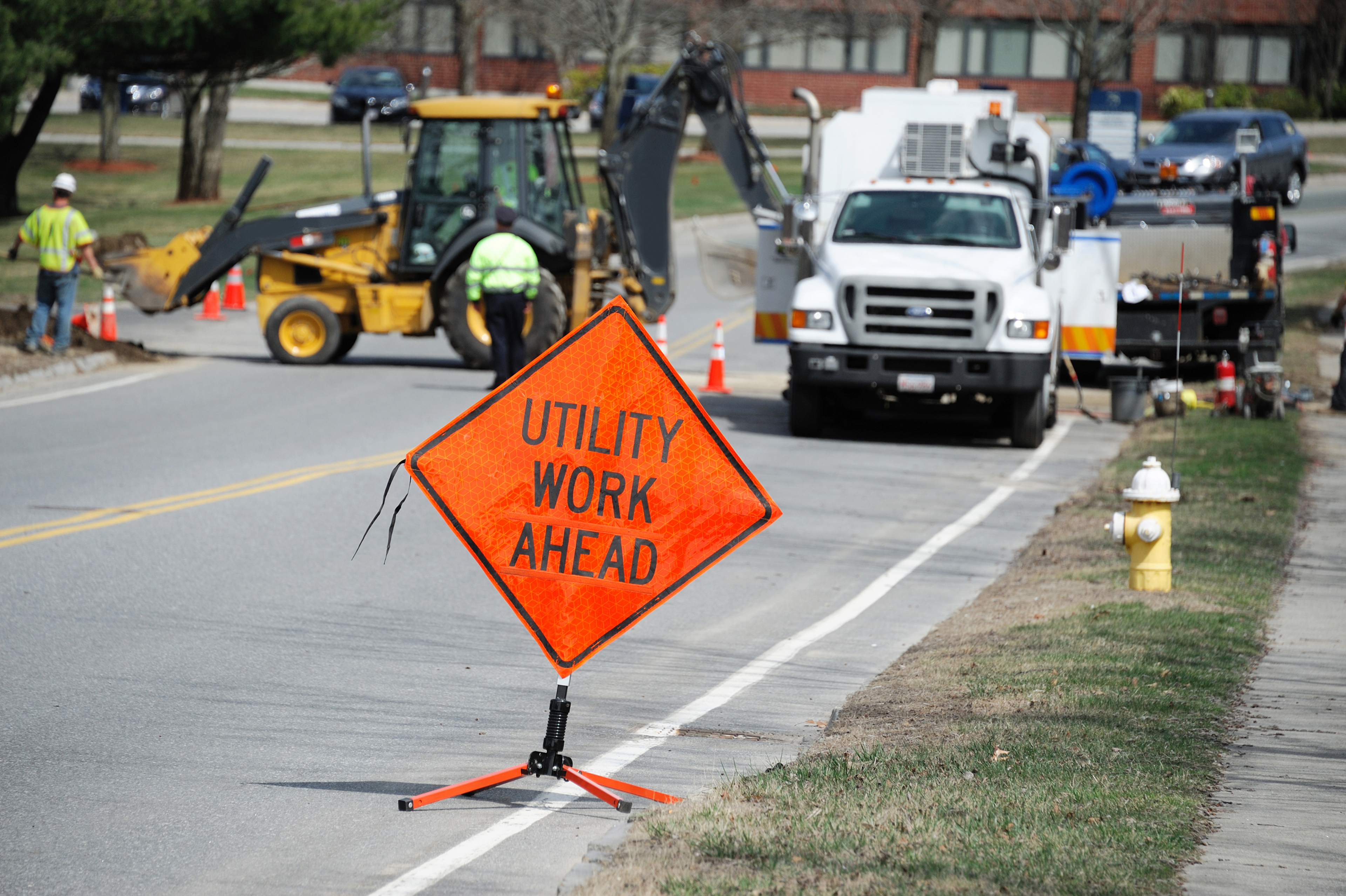
Overcoming Challenges: Aligning Teams & Driving Adoption
Resistance to change from business and technical teams, coupled with the delivery team’s lack of personalization expertise and stakeholder skepticism rooted in past system limitations, posed a major hurdle. To overcome this, I educated stakeholders on the value of digital personalization and aligned marketing and development through a shared design language and data-driven A/B testing. This strategic shift transformed user experience from a design function to a key business driver, fostering long-term adoption of customer-centric digital strategies.
Measuring Success: Business Value & Consumer Impact
Personalized experiences and clearer communication unlocked measurable business outcomes—cutting operational costs, driving sustainability efforts, and streamlining efficiency. Feature delivery improved by 15%, accelerating time-to-market for web-based consumer features and promotional content. Key outcomes and insights:
“…we are used to casting a wide net and hoping we get a good haul. And then hope we get feedback from those who engage, allowing us to improve their experience. You educated and armed us in a new, more effective way.”
Customer Service Director
(@ utilities provider)
By blending personalization, clarity, and education, these initiatives reshaped how the utilities provider connects with its customers.
CHECK OUT THESE OTHER CASE STUDIES, SCENARIOS, and stories
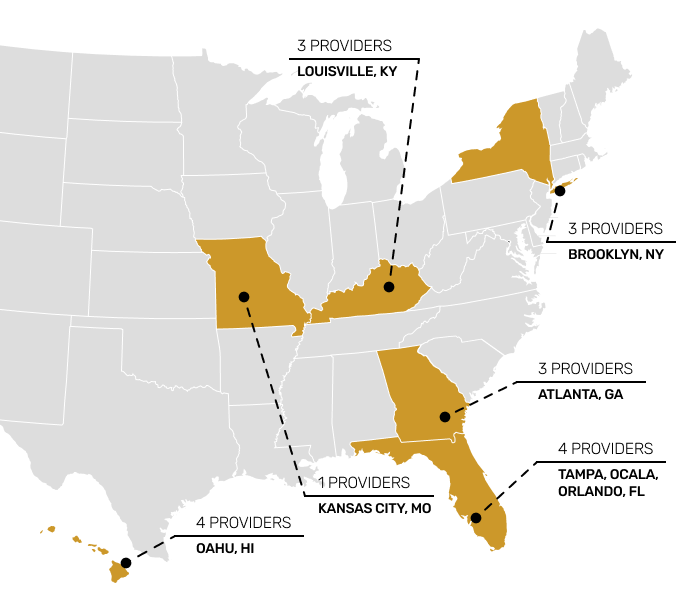
Training healthcare IT teams with people experiences in mind.
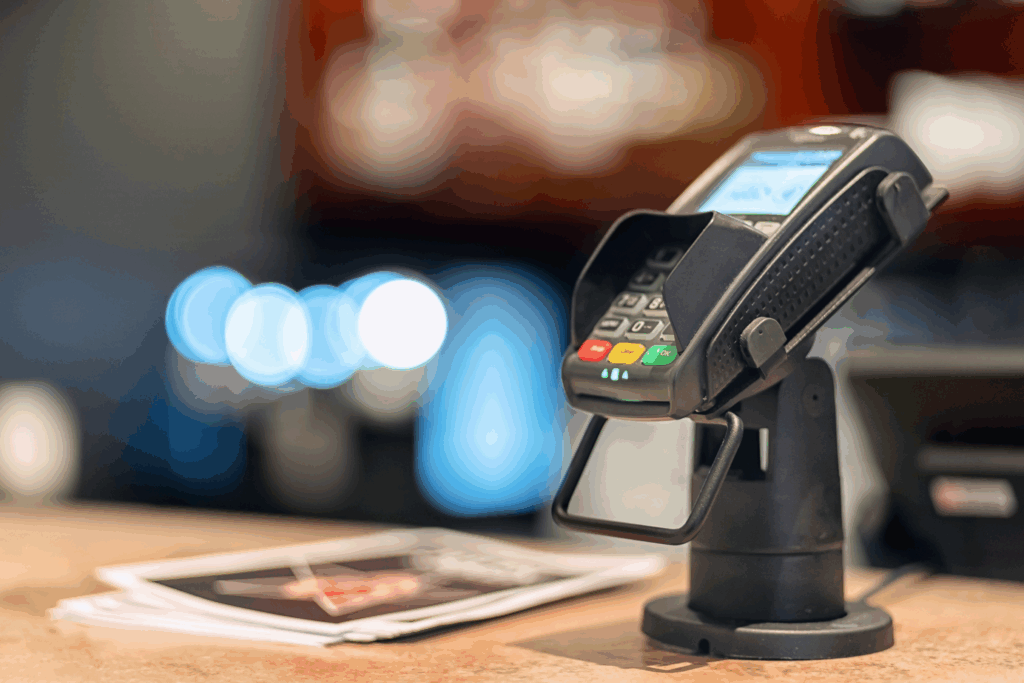
Streamlining transaction settlements through design governance.

Optimizing supply chain data entry through user feedback at a global scale.

Integrating iterative design into strategic drilling portfolio planning to maximize impact.
